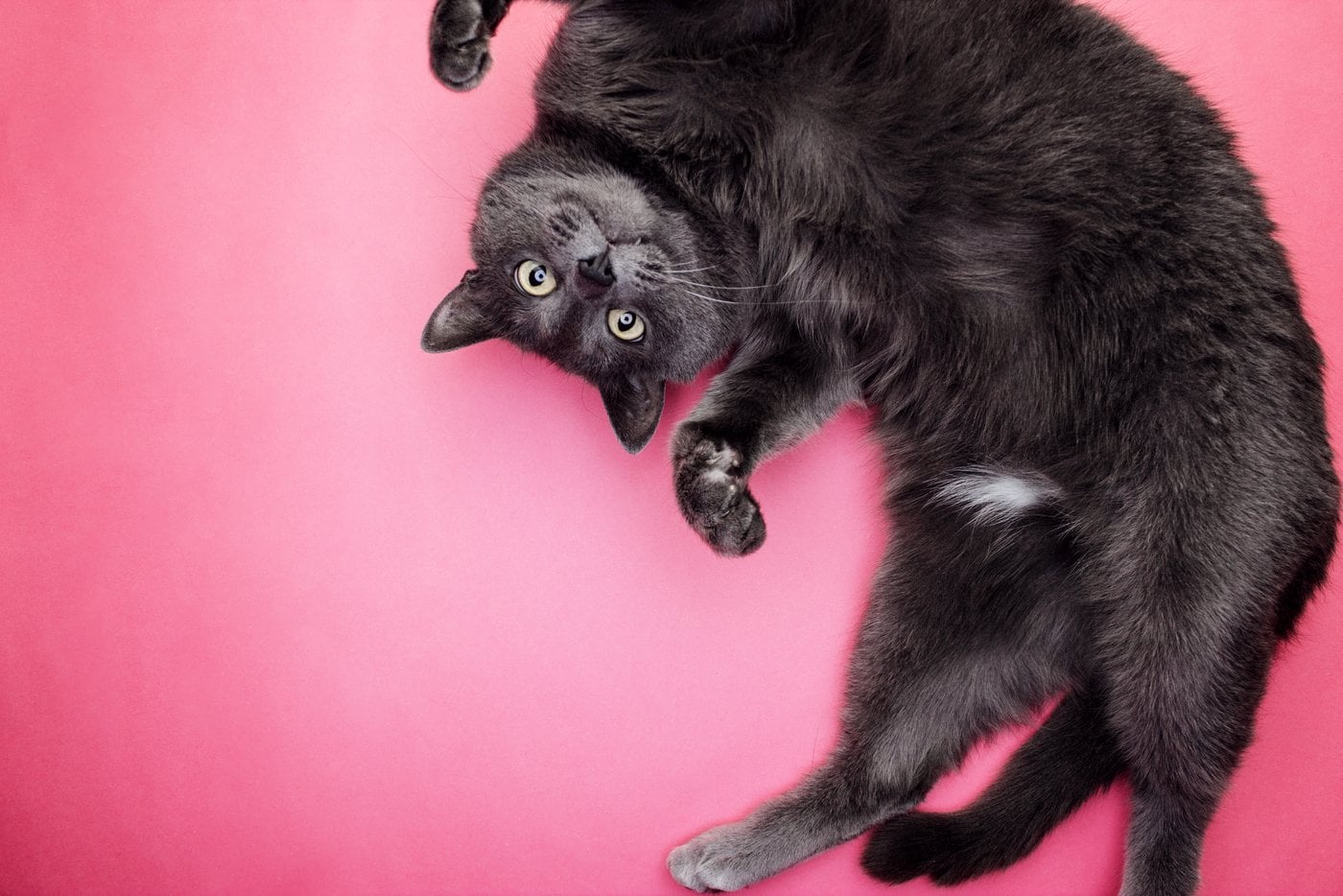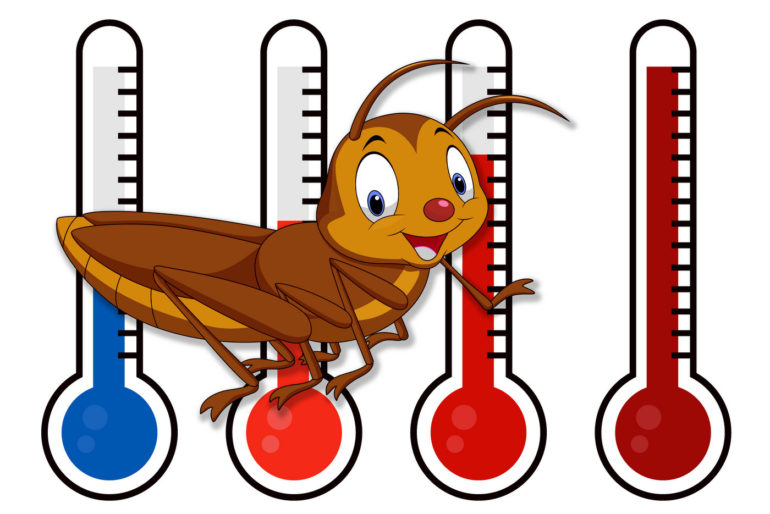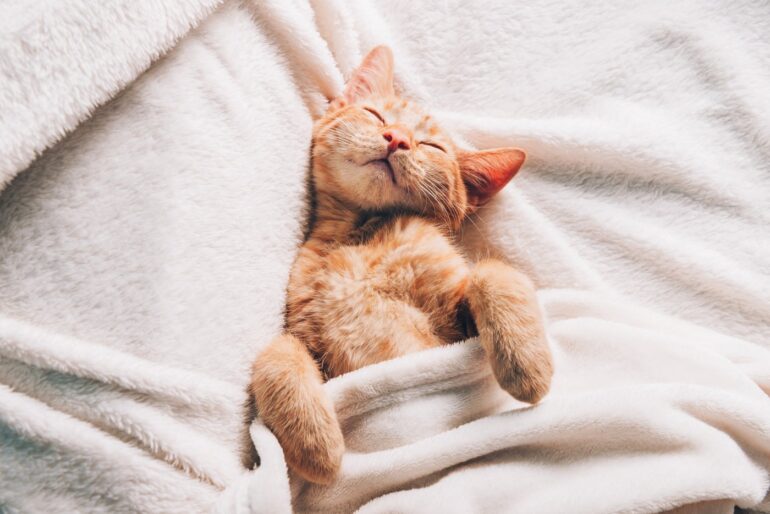When were cats first kept as pets?
Ah, the domestic house cat. Loyal companion, cuddly, cute, strong-willed, independent, and clever, these furry little fiends friends are pets to many millions worldwide.
Though many say that cats have domesticated humans, from a scientific perspective, how did the little guys we know and love as pets came to be domestic animals?
When did cats first become domesticated?
As simple as the question seems, there is no definitive answer — but many clues, and an abundance of theories.
“The process and timing of cat domestication has been terrifically difficult to document,” Melinder Zeder, a curator of Old World archaeology at the Smithsonian Institution in Washington DC, told National Geographic News in 2004.
As researchers noted in a 2013 study published in Proceedings of the National Academy of Sciences, cat remains rarely are found in ancient archaeological sites, and, therefore, little is known about how they were domesticated.
Cats were thought to have first kept as pets in ancient Egypt, some 4,000 years ago — but more recent research suggests close relations with humans may have occurred much earlier, including the 2004 discovery of a wild cat buried with a human about 9,500 years ago on the island of Cyprus — about 250 miles north of Egypt.
While that cat may have been a wild cat that bonded with a person, “In the absence of a collar around its neck, the deliberate interment of this animal with a human makes a strong case that cats had a special place in the daily lives, and in the afterlives, of residents of Shillourokambos,” says Zeder.
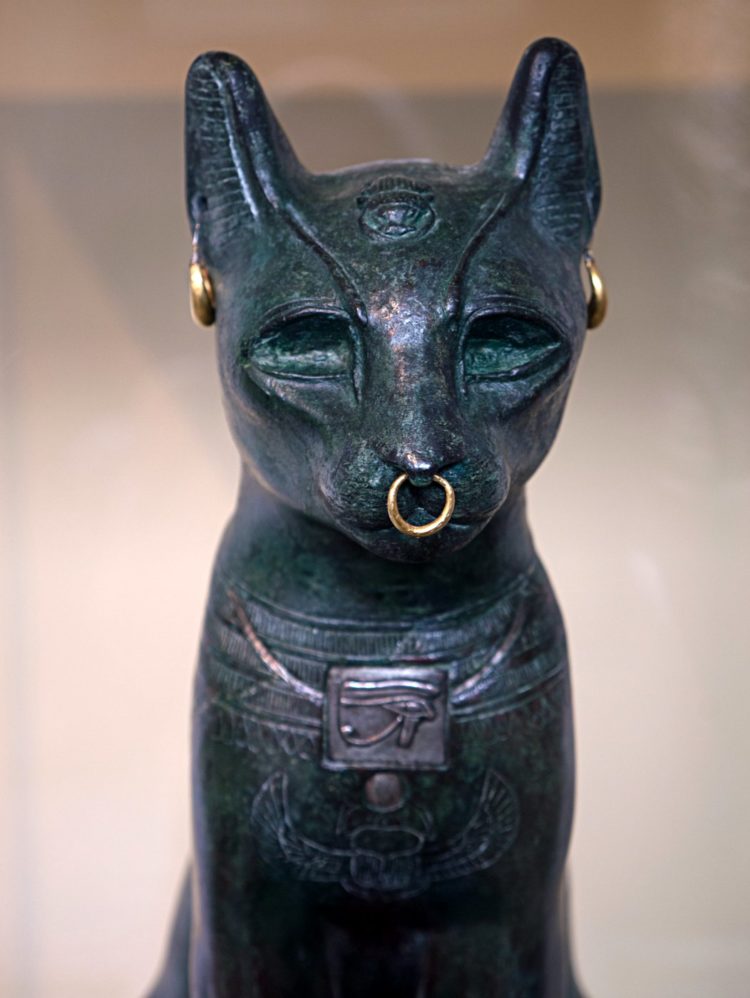
Egypt and beyond
Elaine A Evans, Curator/Adjunct Assistant Professor at University of Tennessee’s McClung Museum wrote:
Evidence so far for the domesticated animal in Egypt does not date before the Middle Kingdom, circa 2000 BC, when we learn of them from tomb paintings and cat mummies produced at that time. By the early New Kingdom, circa 1500 BC, more representations are found in wall paintings and reliefs. In the Late Dynastic Period, a highpoint is reached in the appreciation of the domestic cat, and ancient authors, such as the Greek historian Herodotus (484?-425? BC) noted their importance. Images were being produced on papyri, as bronze and wood figurines, on sherds, as amulets in various materials, and in quantities as mummies. Such representations had special magical properties and communicated religious beliefs.
According to an article published by the Proceedings of the National Academy of Sciences of the United States of America, tomb paintings of the Egyptian New Kingdom, dating to 3600 years Before Present (B.P. — roughly 1600 BC) clearly show that the Egyptians kept house cats as pets.
However, the article goes on to point out that there is evidence of cat taming dating as far back as 8700 B.P. in Jericho and to approximately 9500 B.P. in Crete. This gives us a broad range of roughly 11,000 to 4,000 years ago for the possible domestication of the cat.
How the process likely began
While little will explain the modern-day feline’s fascination with computer keyboards, wild cats may have first started coexisting with people around the time agriculture became commonplace, resulting in permanent human settlements.
Brave and opportunistic cats would creep into this new environment that was rich in food and largely free of predators. As a result, cats that could more easily live around — and with — people were more likely to be fruitful and multiply in this sort of ecological niche.
While it had often been argued that cats were attracted to rodents and other food in early farming villages and domesticated themselves, there had been little evidence for this theory until scientists found proof of such a scenario in ancient China.
Their study, published in 2013, used radiocarbon dating and isotopic analyses of carbon and nitrogen traces in the bones of cats, dogs, deer and other wildlife unearthed near the agricultural village of Quanhucan.
The research team demonstrated how a breed of once-wild cats carved a niche for themselves in a society that thrived on the widespread cultivation of the grain millet.
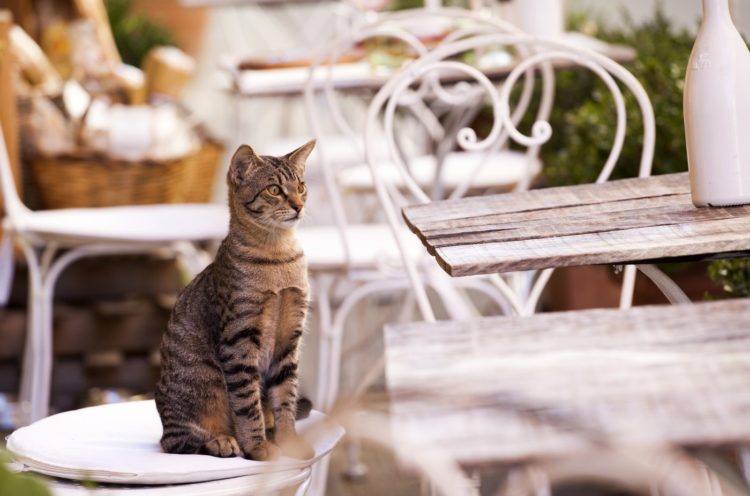
“Results of this study show that the village of Quanhucun was a source of food for the cats 5,300 years ago, and the relationship between humans and cats was commensal, or advantageous for the cats,” says Fiona Marshall, PhD, a professor of archaeology in Arts & Sciences at Washington University in St Louis.
“Even if these cats were not yet domesticated, our evidence confirms that they lived in close proximity to farmers, and that the relationship had mutual benefits.”
In short, it seems that as people first began grouping together in settlements, cats would come into town and feast on the rodents and the scraps left by humans — along with other such items — as it was easier than hunting.
Cats learned to coexist with people, and people found that cats would help with their vermin and pest problems. The arrangement worked for Felis catus and Homo sapiens alike, and the cat as we know it today was well on its way to household pet status.
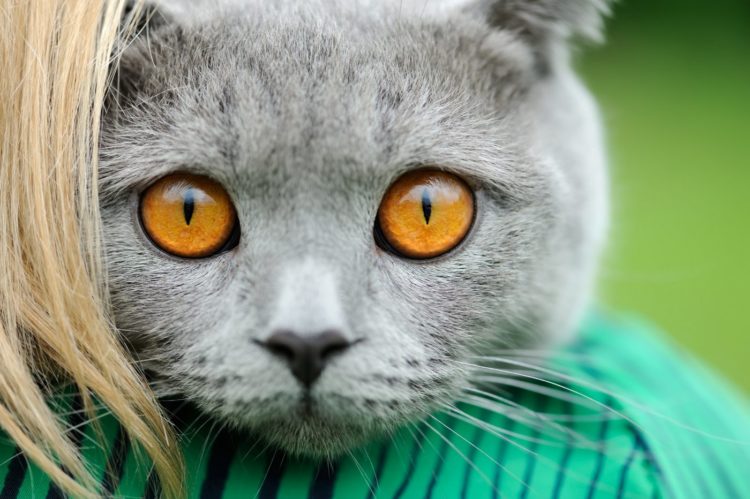
No precise date for domestication
As scholars at the University College London pointed out, “It is not possible to distinguish domesticated and wild forms from skeletal remains. The domestication (better: taming) of the cat seems to have started only in the New Kingdom (about 1550-1069 BC). Earlier depictions (an uncertain example: UC 14323, from Koptos [in Upper Egypt]) perhaps only show wild animals.”
A 2008 genetic study, involving more than 11,000 cats seems to confirm that domestication of the cat originated about 5,000 to 8,000 years ago in the Fertile Crescent, a region located today in the Middle East, and including Egypt.
The power of knowing the history of cats
Outside of being interesting to know about where your purring companion came from, what good is it to know about the history of the kitty?
Recent DNA studies suggest that most of the estimated 600 million domestic cats now living around the globe are descendants most directly of the Near Eastern Wildcat, one of the five Felis sylvestris lybica wildcat subspecies still found around the Old World.
Leslie Lyons, an authority on cat genetics and principal investigator on the 2008 study mentioned above, said, “More than 200 genetic disorders have been identified in modern cats, and many are found in pure breeds.
“We hope that cat breeders will use the genetic information uncovered by this study to develop efficient breed-management plans and avoid introducing genetically-linked health problems into their breeds.”

